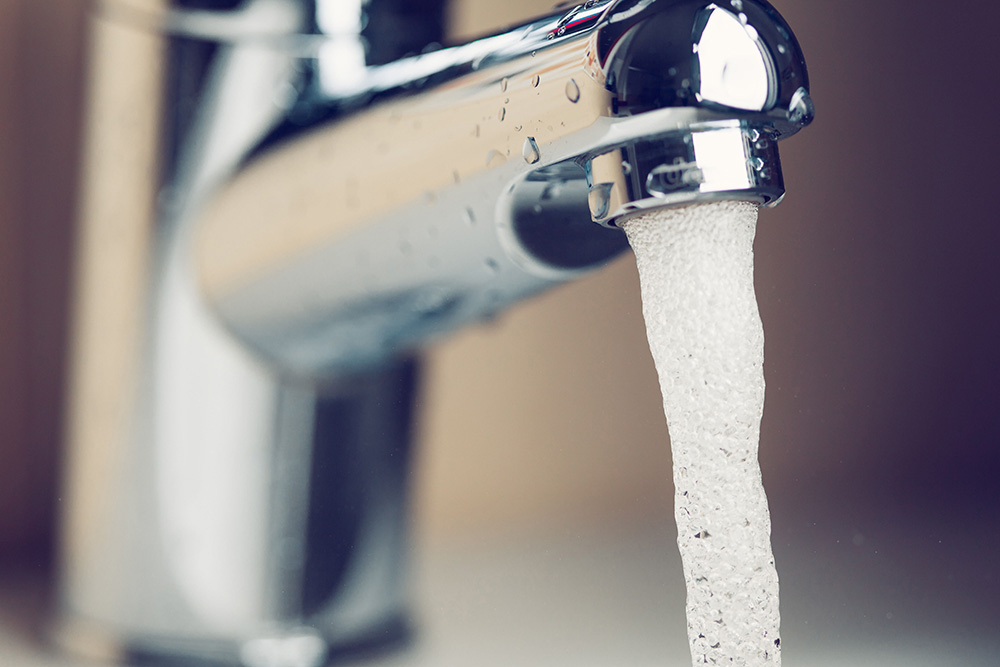
Today, we’re joining more than 1300 other organizations and individuals in the Value of Water Campaign’s “Imagine A Day Without Water.” Imagine a Day Without Water is a national education campaign that brings together diverse stakeholders to highlight how water is essential, invaluable, and in need of investment. Activities include events, resolutions, student contests, social media engagement, and more, all across the country.
It’s understandable that our first thought upon hearing the challenge to Imagine a Day Without Water is to think about not having water come out of the kitchen faucet or the showerhead. This is how most of us interact with water each day, and we don’t value it as much as we should. What’s more, some people even in our comparatively rich country, don’t have access to clean running water or to sanitation/wastewater service of any kind. Others have inadequate potable water supplies, or water that is not safe for bathing or drinking. These people don’t have to imagine a day without daily water needs being met, and fixing that should be our most urgent business.
But we need to challenge ourselves to imagine this scenario on a higher level as well. Water resources support so much more than the drinking water and wastewater services that we rely on each day. Water is part of our life support system, and is essential for all of our human activities and to wildlife. Its health is essential to our existence, and we need to put our imaginations to taking this resource more seriously. The diversity of activities and messages from all the Value of Water Campaign participants today gives us a sense of the scope of the challenge. A few things on my mind today:
The question of what water we protect is not a legalistic or academic one
The U.S. Environmental Protection Agency (EPA) is yet again taking up the question of what water our nation’s water pollution law - the Clean Water Act - should protect. The question of which bodies of water are “Waters of the U.S.” and thus worthy of protection has been going on so long it has its own acronym - “WOTUS” - which numbs our brains to how serious the question is. In January, 2021, President Biden issued an Executive Order directing EPA to review decisions made in the last four years that might be inconsistent with the Administration’s goals including protecting public health and ensuring clean and safe water. EPA’s review of the “Navigable Waters Protection Rule” put in place by the last administration is stunning:
Ephemeral streams, wetlands that do not meet the NWPR’s revised adjacency criteria, and other aquatic resources not protected by the NWPR provide numerous ecosystem services, and the absence of protections for such resources could cause cascading, cumulative, and substantial downstream effects, including but not limited to effects on water supplies, water quality, flooding, drought, erosion, and habitat integrity.
Imagine a day without water indeed. The bodies of water at issue - many streams and wetlands for example - are part of our nation’s water infrastructure and subjecting them to “cascading” effects that impact our drinking water and our communities’ well being is not the path to a healthy water future. The “WOTUS” discussion is an “US” discussion and we need the water to win.
Everyone needs access to drinking water and sanitation
More than 2 million Americans lack basic access to safe drinking water and sanitation. Among the things we can do to solve this problem is to increase federal investment in getting these services to people who lack them. Investments in the infrastructure bills that Congress is considering right now are a good start.
The burden of water pollution should not be borne by drinking water systems and their customers
We continue to allow water pollution to go uncontrolled, leaving contaminants to be handled by drinking water systems. This treatment is usually paid for by water system customers - that’s you and me. The recent Senate Environment and Public Works Committee hearing on PFAS (the “Forever Chemicals”) illustrated this point. These thousands of chemicals are being used all over the country in myriad ways and finding their way into water. There is justifiable impatience with EPA for not having set drinking water limits to protect people’s health from these chemicals, which are present in drinking water sources nationwide. We need to be equally impatient that the water pollution control programs of the Clean Water Act are not being put to use fast enough to cut off the entry of PFAS into our water bodies in the first place. We ought to be impatient that these chemicals remain in such wide use despite huge levels of public concern and growing evidence of impacts on our health. If we put water first, we would be rushing to get these chemicals out of use as quickly as possible. EPA’s PFAS “Roadmap,” released this week, is a good start but it seems overwhelmingly clear that we should be doing more sooner. I’m imagining a day where it isn’t so hard to put our water first.


